
¿Qué onda?
¿Qué onda? is a casual way to ask, “What’s up?” or “How’s it going?” It’s a standard greeting among friends or acquaintances and reflects a laid-back and friendly approach. For example:
-¡Hola John! ¿Qué onda (cómo estás)? “¡Hola John! / What ‘s up (how are you)?”
-¡Hola Juán! ¡Qué onda! Muy bien gracias ¿y tú? / ¡Hola John! ¡How ‘s it going! Very well, thank you. And you?

Mande
This expression is a polite way to say, “Pardon?” or “What did you say?” It’s often used when you don’t hear or understand something and want the person to repeat it. For example:
Voy a ir al mercado después, ¿quieres algo?” / I’m going to the market later, do you want anything?
-You: Mande, no escuché bien. / Pardon? I didn’t hear well.
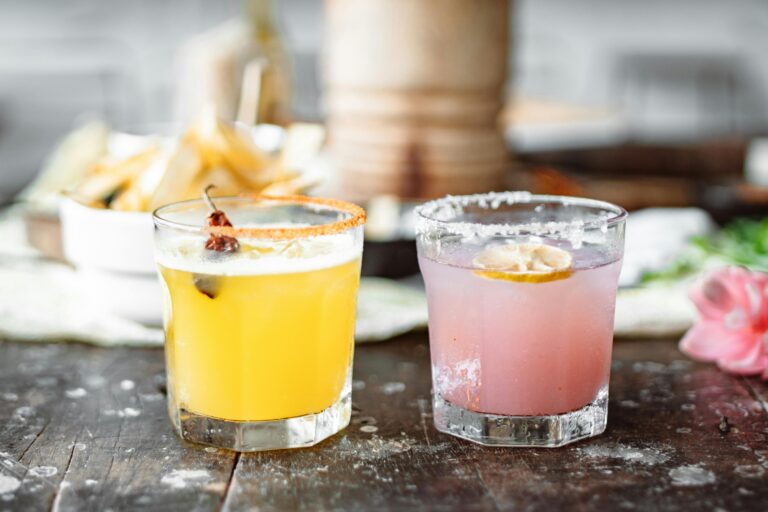
Me das…
When you want to ask for something, you can use “Me das…” which translates to “Can you give me...?” For example:
¿Me das la cuenta, por favor? / Can you give me the bill, please?
Quiero
This simple word means “I want.” Use it to express your desires or preferences. Example:
Quiero un café. / I want a coffee. / Quiero una cerveza. / I want a beer.”
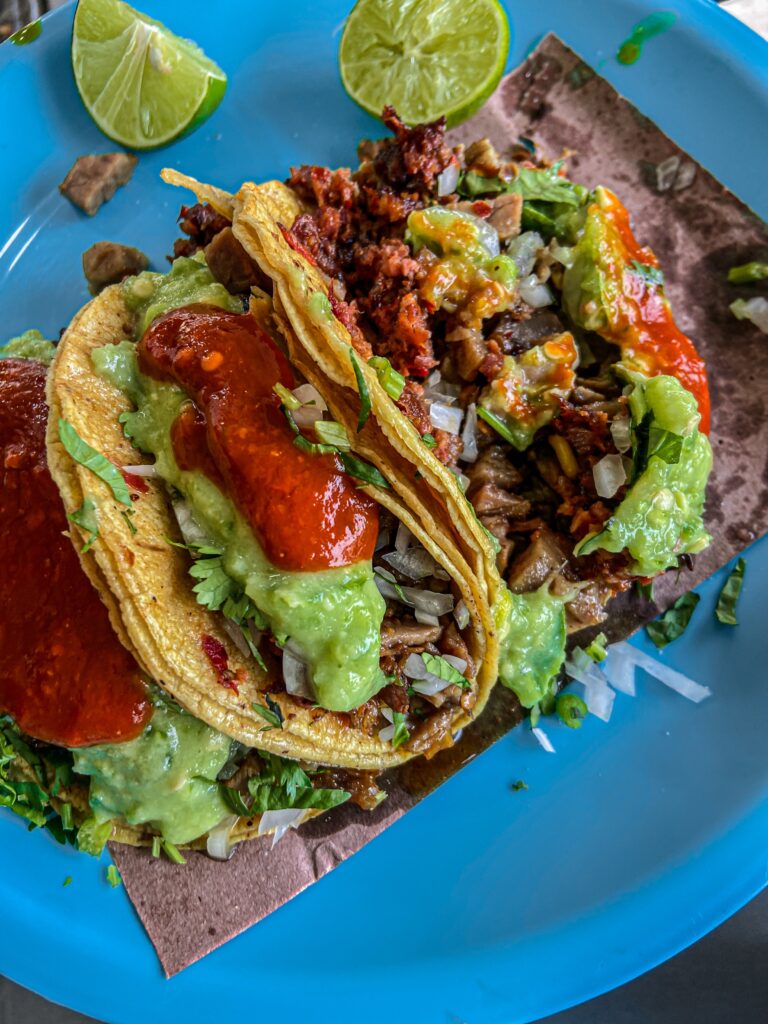
Tacos con todo
When ordering tacos, “con todo” means “with everything.” It implies that you want all the toppings available. For an authentic Mexican taco experience, don’t hesitate to say, “Quiero tacos con todo.” Example
Taquero: ¿Quiere sus tacos al pastor con todo? / Would you like your tacos de pastor with everything?
Customer: Sí, por favor con todo. / Yes, with everything, please.

Chido
Chido is a slang term to say something is cool or awesome. You might hear it when describing a positive experience or expressing approval. Example:
¿Cómo te la estas pasando en México? Muy chido./How are you enjoying yourself in Mexico? Very cool.
¿Cómo está el restaurante? Muy chido, la comida es muy buena./How is the restaurant? Very lovely, the food is excellent.

Checar
“Checar” is a colloquial way of saying “to check” or “to verify.” It’s commonly used in informal contexts to suggest looking at something or confirming information.
Example:
¿Tienes una mejor habitación? Dejame checar, por favor./Do you have a better room? Let me check, please.
¿Puedes checar mi bebida? Está muy fría. /Can you check my drink? It’s very cold.
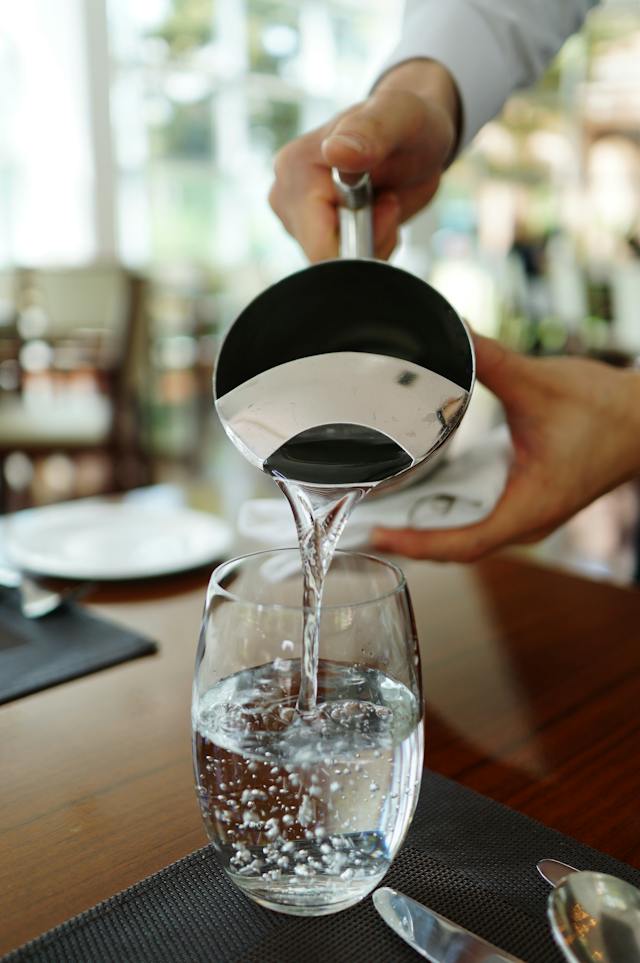
Diferencia entre agua natural y agua mineral
When you’re in a restaurant in Mexico and inquire about the difference between “Agua Natural” (“natural water”) in Mexico typically refers to purified, filtered, or treated tap water, and “Agua mineral” refers to bottled water that comes from natural springs or wells like Topochico o Peñafiel, it is often carbonated.
For example:
-Agua Bonafont ( Agua natural) / –Agua Topo Chico ( Agua mineral).
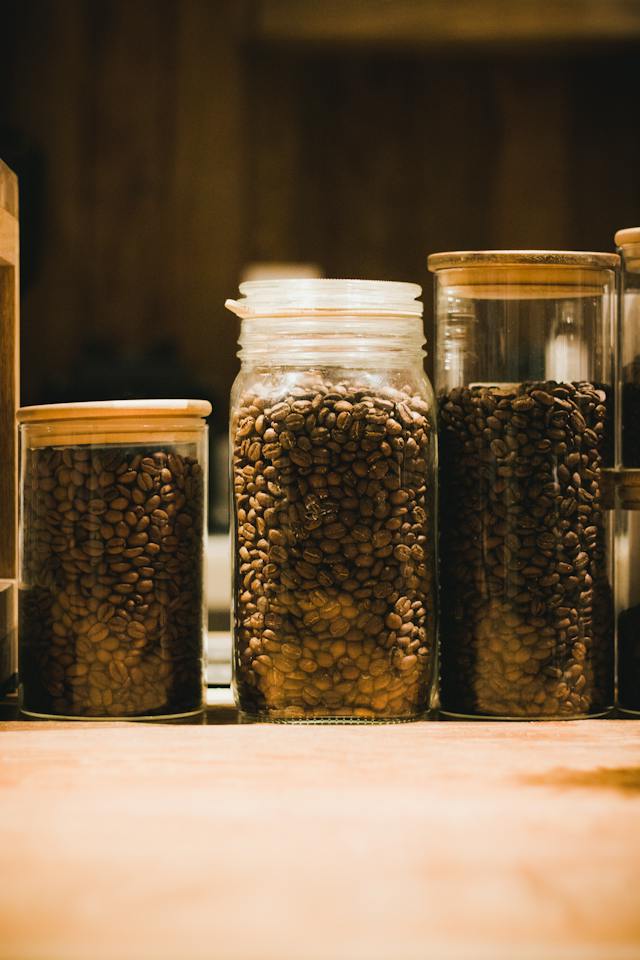
Chico y grande en porciones de comida
This refers to the size of portions in food. “Chico” means petite, and “grande” means large. Use these terms when ordering to specify the size you want.
Example:
-Quiero una porción grande de papas. / I’d like a large portion of potatoes.
-Quiere un café chico, por favor” / I’d like a small coffee, please.

Güero/Güera
These words refer to someone with light skin or blond hair. It’s a friendly term; you might hear it even if you’re not fair-skinned.
Let’s say you’re at a social gathering, and there’s a person with light skin and blond hair named John. Example:
-Person A: “¡Hola, güero! ¿Cómo estás?” (Hello, fair-skinned one! How are you?)
-John: “¡Hola! Estoy bien, gracias. ¿Y tú?” (Hello! I’m good, thank you. And you?)
In this example, “güero” is used as an affectionate and friendly way to address John based on his physical appearance. It’s a common term of endearment in Mexican Spanish, and it’s not intended to be offensive. People often use it casually among friends or acquaintances.
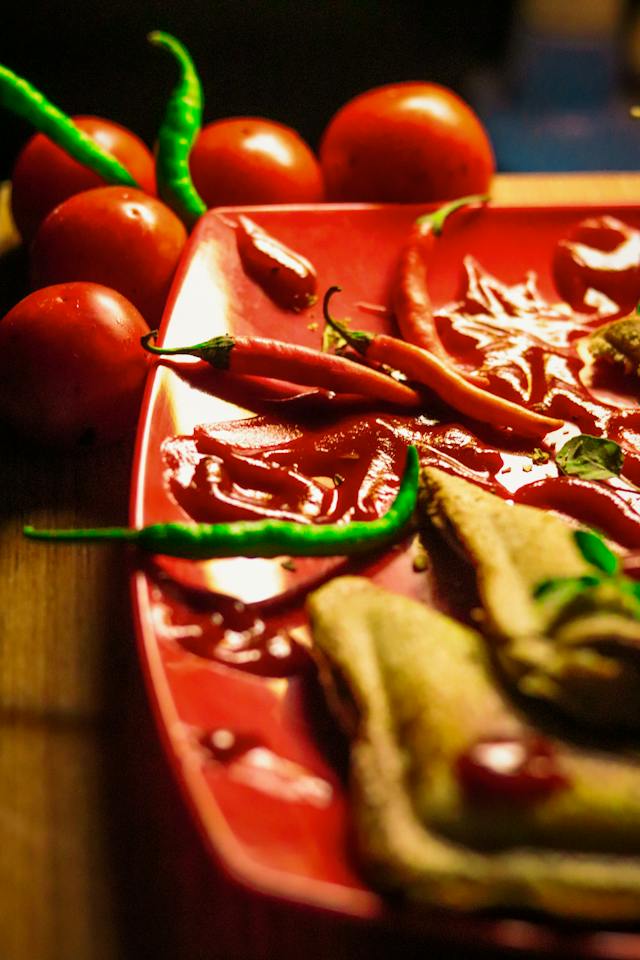
Bonus
Enchiloso
“Enchiloso” is a colloquial term in Mexican Spanish that describes very spicy or hot food. The word is derived from “chile,” which refers to chili peppers. In this context, “enchiloso” suggests a dish spiced with chili or has a robust and spicy flavor. “Enchiloso” can be applied to any food or dish with a noticeable and intense spiciness. It’s a term commonly used in Mexican cuisine. It reflects the love for bold and flavorful dishes that incorporate chili peppers. Example
La salsa verde está enchilosa. /The salsa verde is spicy.
El guacamole está enchiloso. /The guacamole is spicy.
Conclusion:
Remember that language is the gateway to culture as you embark on your Mexican adventure armed with these essential phrases. Each “¿Qué onda?” and “Tacos con todo” is an invitation to connect with the warmth and friendliness of Mexico.


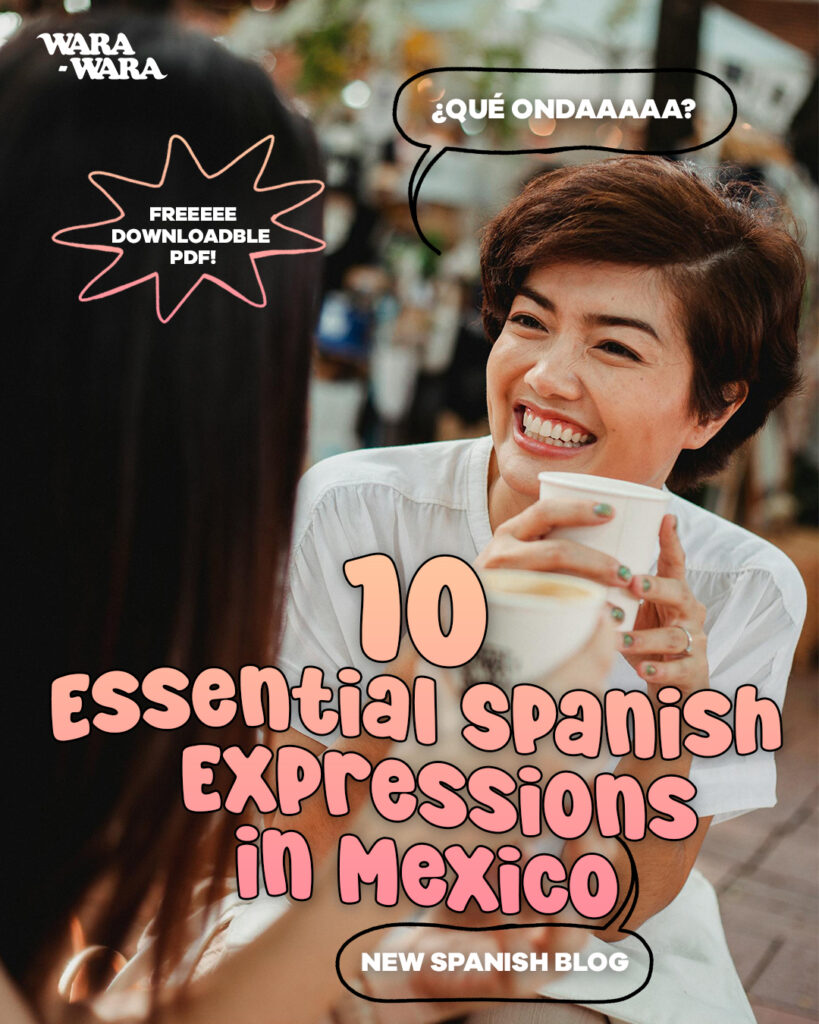

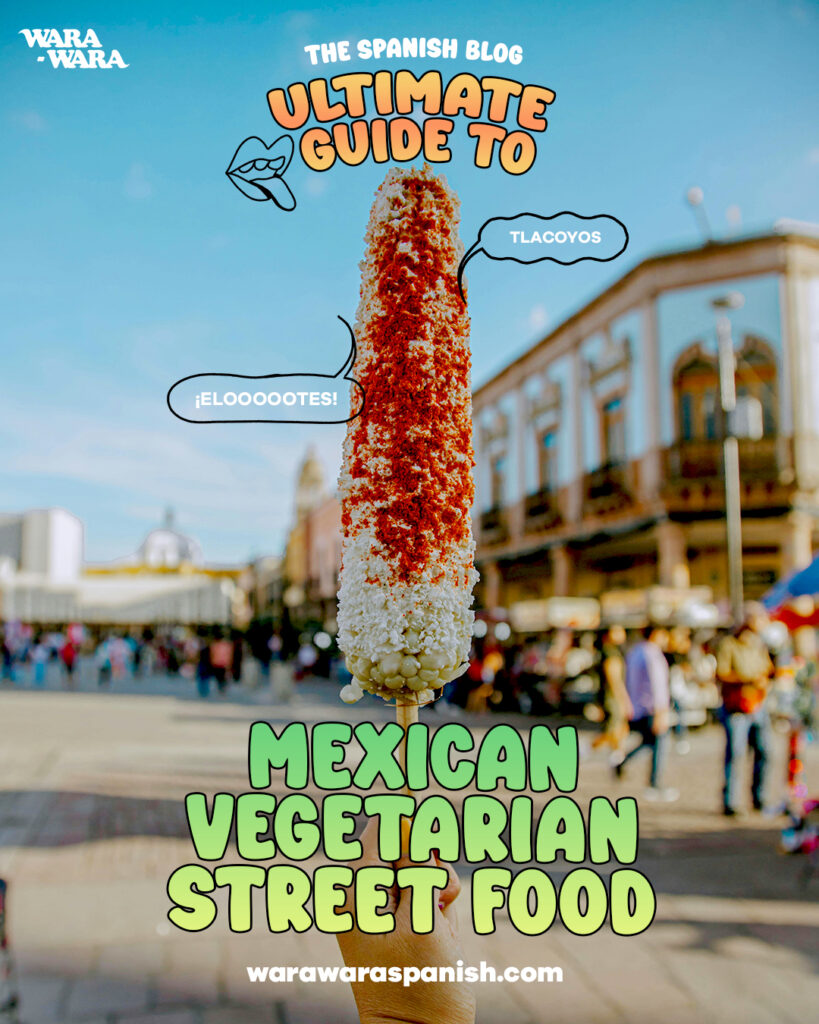
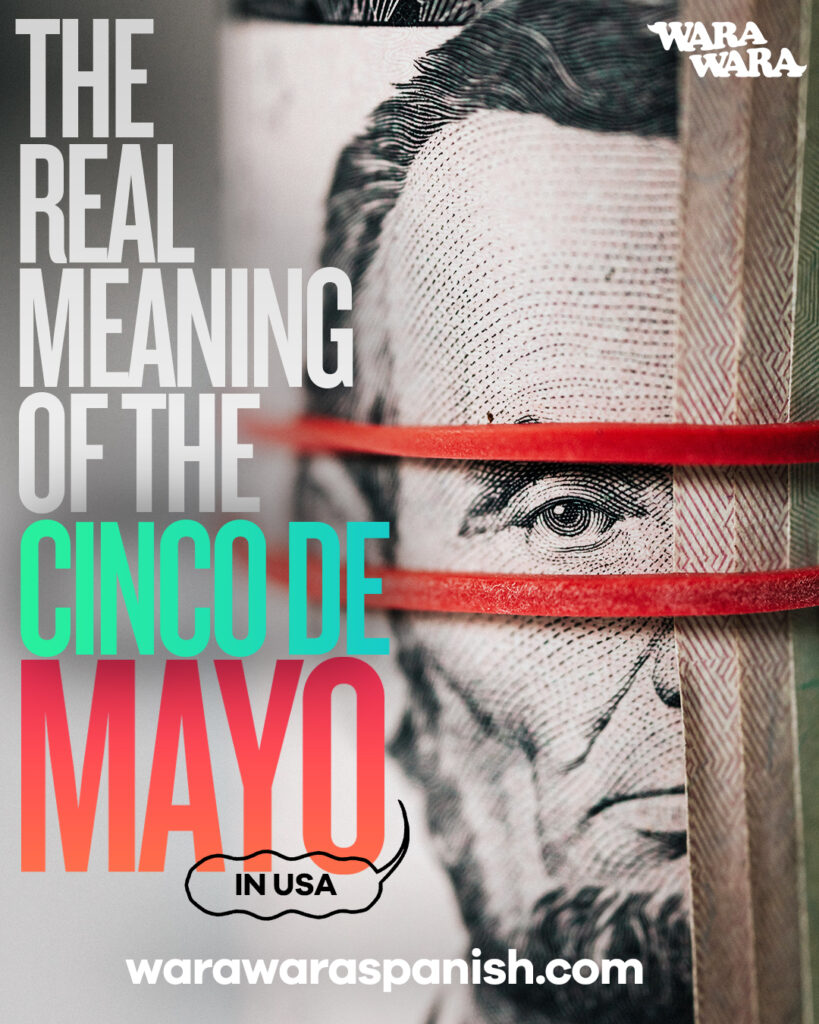

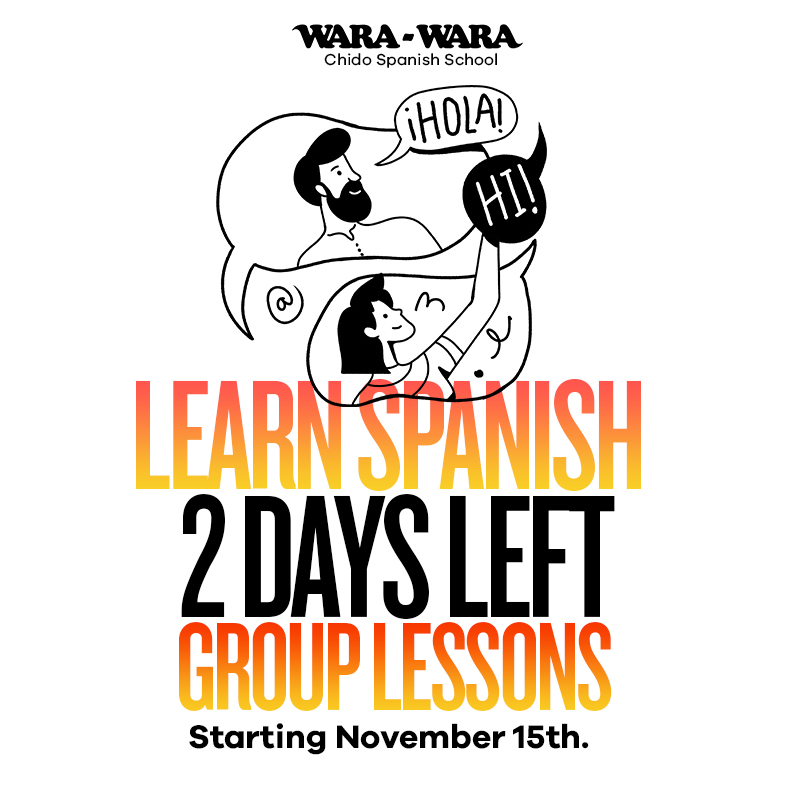
Responses
Very helpful